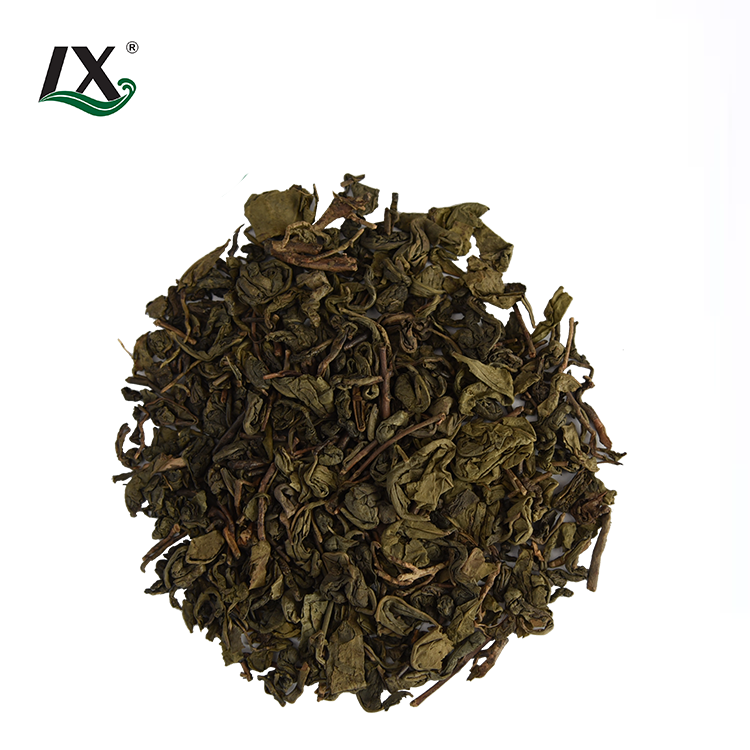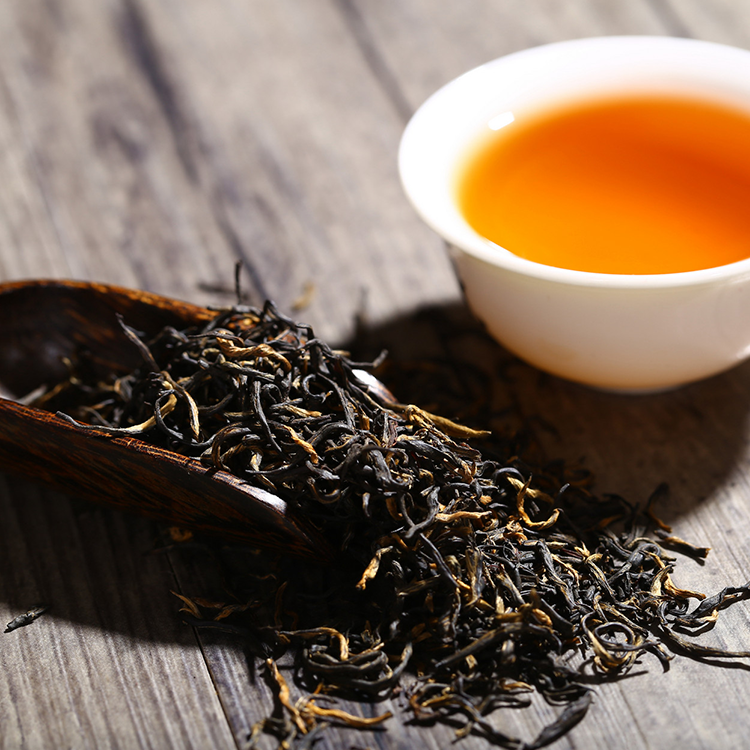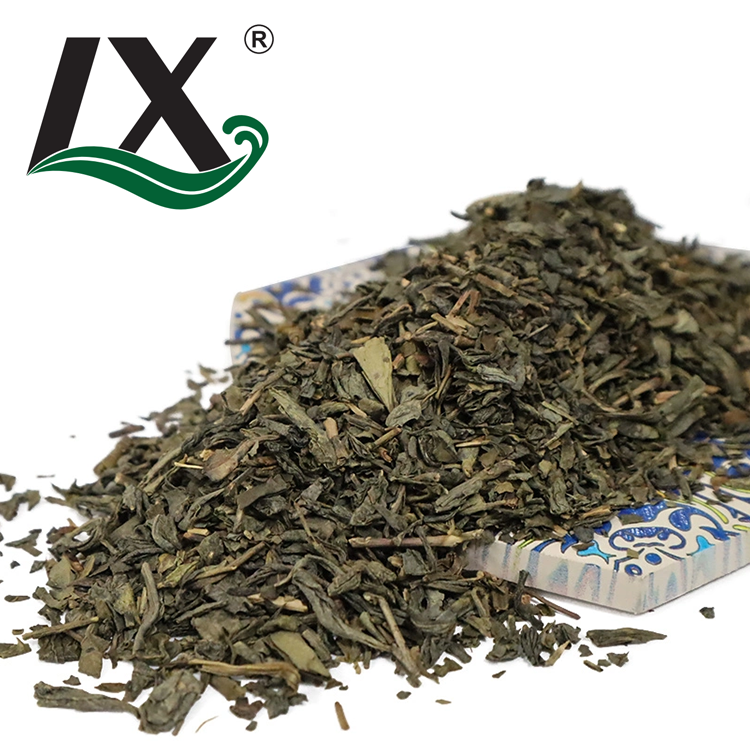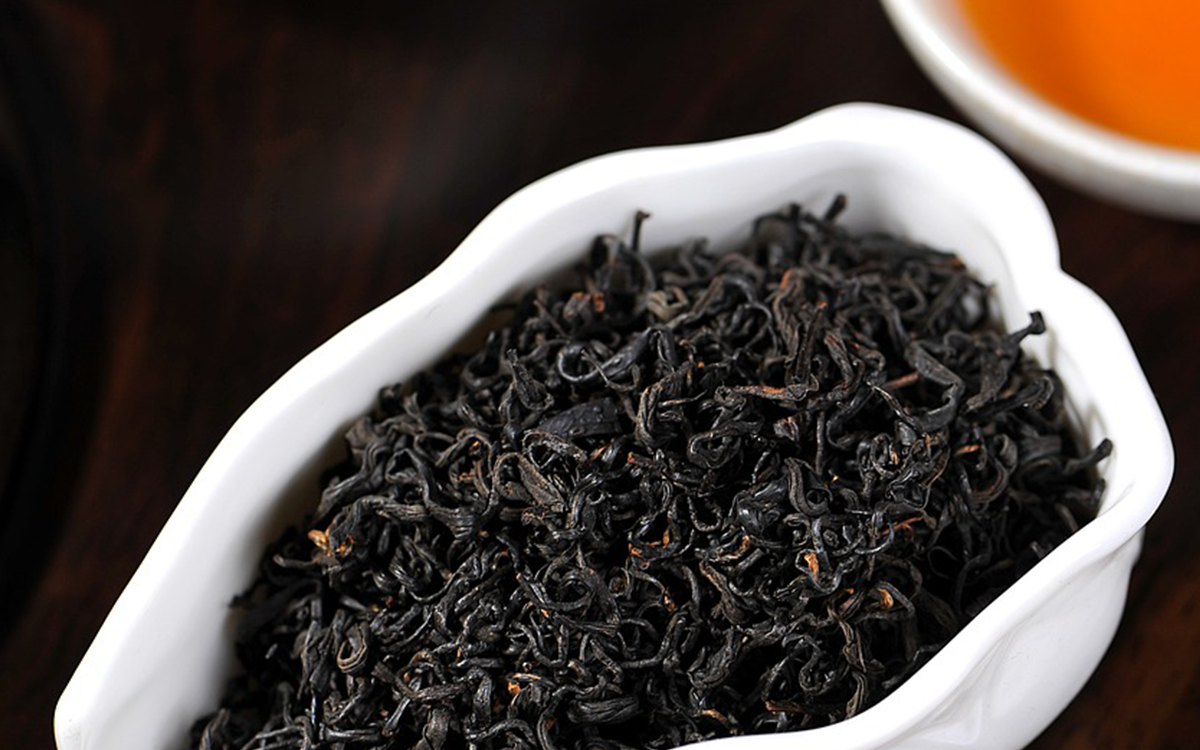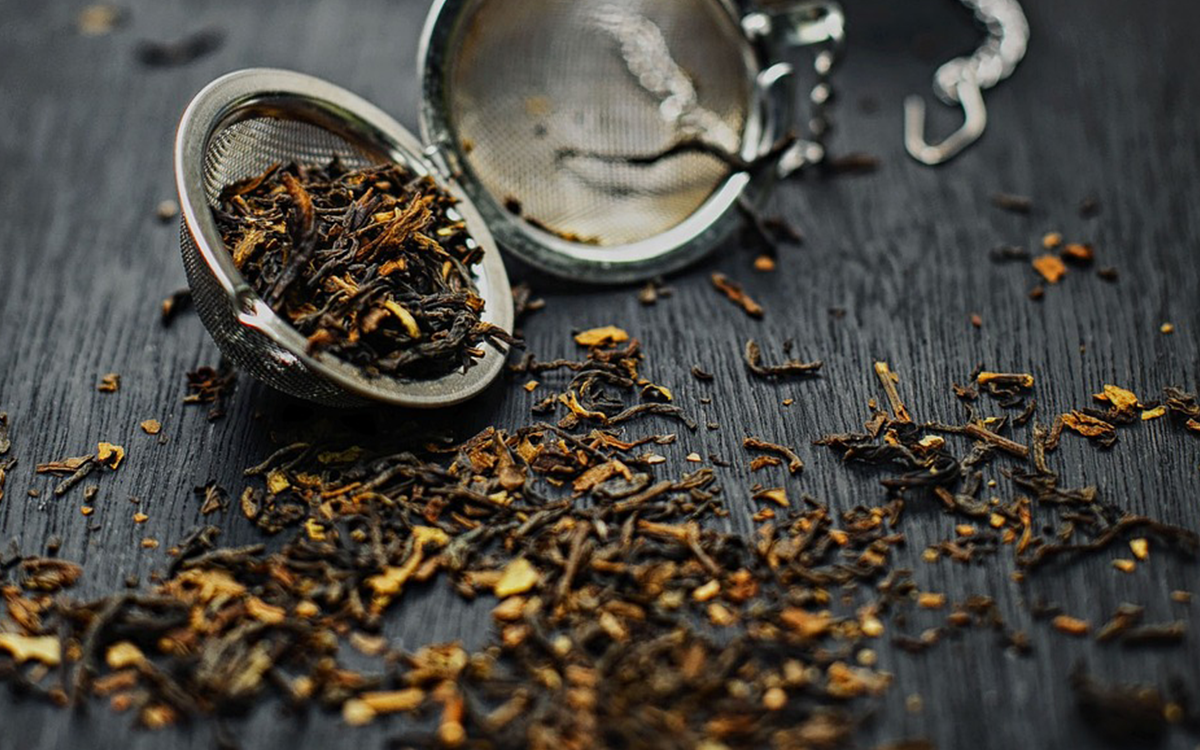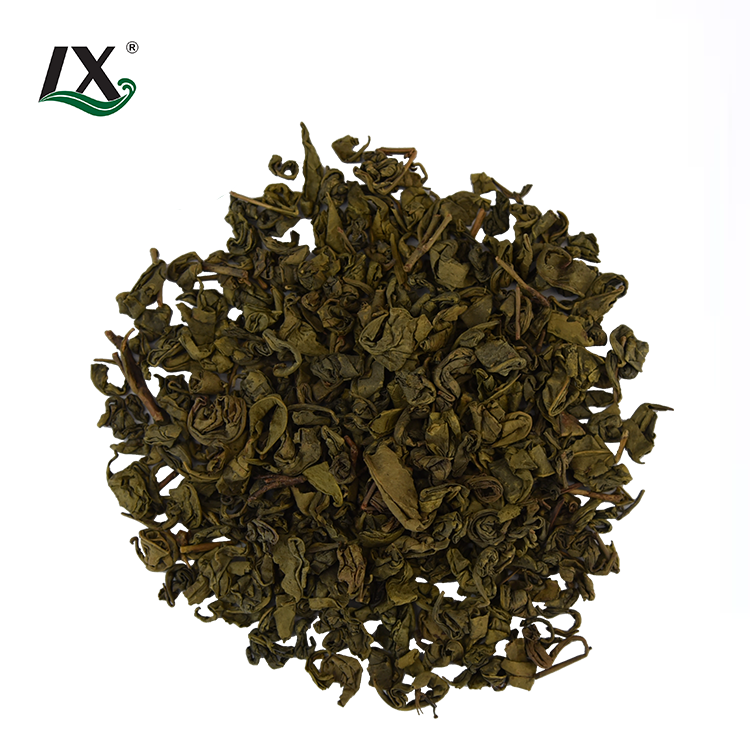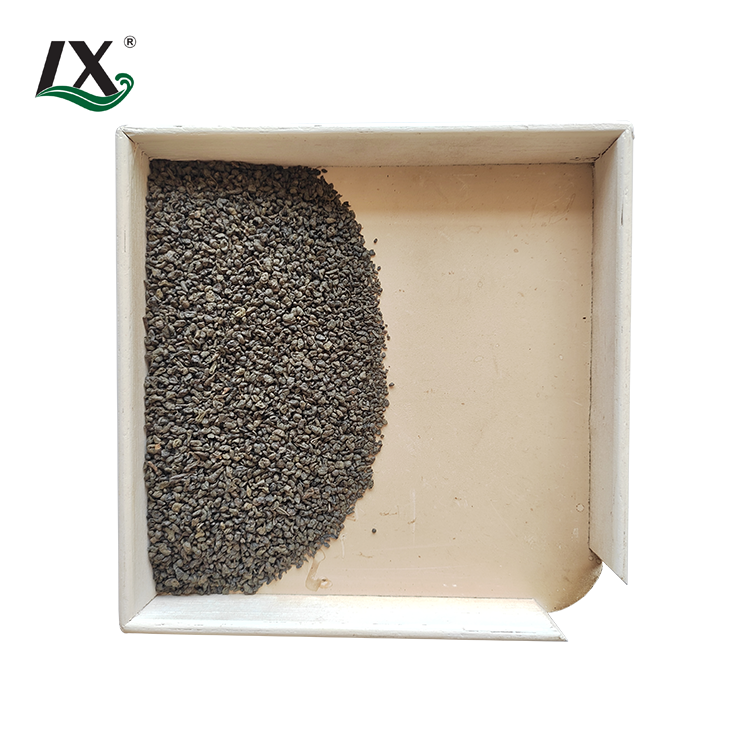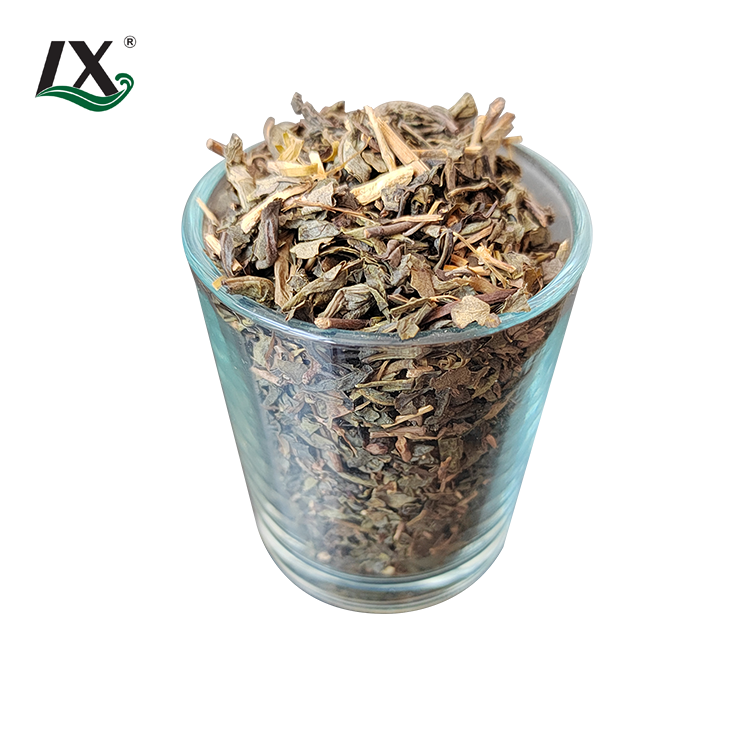The 5 Factors that Affect the Price of Green Tea in China
Green tea, a symbol of Chinese heritage, has captivated tea lovers worldwide with its diverse flavors, profound health benefits, and rich cultural significance. However, understanding the price of green tea in China can be daunting due to the wide price range and numerous factors influencing its cost. This comprehensive guide dives deep into the aspects that affect green tea pricing, offering valuable insights for tea enthusiasts, collectors, and buyers.
Factors Influencing the Price of Green Tea in China
1. Tea Origin and Region
The geographic origin of green tea significantly impacts its price. China's varied climates and soils allow for a diverse range of tea-growing regions, each producing tea with unique flavors, aromas, and qualities. Some regions are renowned for their premium green teas, making their products more expensive.
Famous Regions:
- Hangzhou (Zhejiang Province): Home to Longjing (Dragon Well) tea, a highly prized variety known for its flat leaves and sweet, nutty flavor. Longjing from West Lake is especially expensive due to its limited production and superior quality.
- Huangshan (Anhui Province): Known for Huangshan Maofeng, a tea with delicate floral notes and a refreshing taste.
- Sichuan Province: Renowned for Zhu Ye Qing (Bamboo Leaf Green), which offers a smooth and vibrant green tea experience.
Tea from these regions often commands higher prices due to their reputation, limited production, and exceptional quality. In contrast, teas from less prominent areas may be more affordable, even if they share similar characteristics.
2. Harvest Time
The timing of the tea harvest plays a critical role in determining the price of green tea in China. Tea harvested in early spring, particularly before Qingming Festival (April 5), is known as "pre-Qingming tea." These teas are prized for their tenderness, freshness, and vibrant flavors.
- Pre-Qingming Tea: Fetches higher prices due to its superior quality and limited availability.
- Later Harvests: While still enjoyable, these teas are less tender and flavorful, making them more affordable.
The seasonal nature of tea production means early harvests often create a surge in demand, further driving up prices.
3. Processing Techniques
Green tea processing is an art form that preserves the tea’s natural flavors and nutrients. The meticulous steps of withering, pan-firing, and rolling are essential to creating high-quality tea.
- Artisan Processing: Hand-processed teas, such as top-tier Longjing, are more expensive due to the skill and labor involved.
- Machine Processing: While efficient and cost-effective, it often produces teas of lower quality, suitable for budget-conscious buyers.
4. Tea Grade
Green tea is graded based on several factors, including leaf size, appearance, and uniformity. Higher-grade teas, such as those made from young buds or tips, are more expensive because of their refined flavor and delicate texture.
- High-Grade Teas: Small, uniform leaves or buds with a rich, smooth taste.
- Lower-Grade Teas: Larger, more mature leaves, often used for everyday consumption.
5. Organic Certification
As health consciousness grows, organic green teas have gained popularity. These teas are cultivated without synthetic fertilizers or pesticides, ensuring a pure and natural product. However, organic farming requires more labor and resources, which increases the cost.
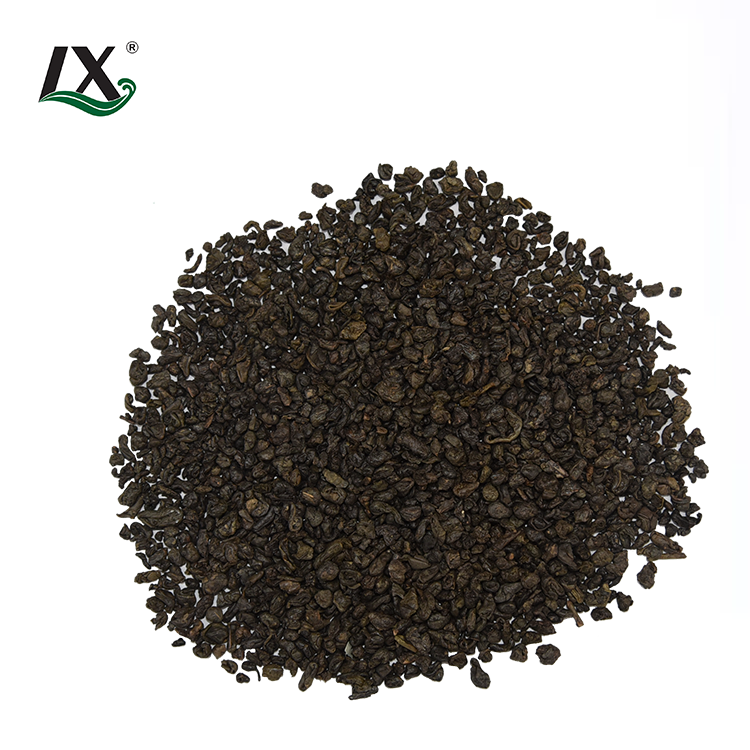
Price Ranges for Green Tea in China
The price of green tea in China varies widely, catering to different preferences and budgets. Here's a detailed breakdown:
1. Everyday Green Teas
- Price Range: $10–$30 per kilogram
- Characteristics: Affordable, with basic flavor and aroma, suitable for casual tea drinkers.
- Examples: Lesser-known teas or machine-processed options from non-premium regions.
2. Mid-Range Green Teas
- Price Range: $50–$150 per kilogram
- Characteristics: Higher-quality leaves, better flavor complexity, and a more enjoyable aroma.
- Examples: Mid-grade Longjing or Maofeng teas, often purchased for gifting or personal enjoyment.
3. Premium and Rare Green Teas
- Price Range: $200–$1,000+ per kilogram
- Characteristics: Limited production, unique flavor profiles, and artisanal processing.
- Examples: Top-tier Longjing, Anji Bai Cha, or pre-Qingming teas from famous regions.
4. Luxury Teas
- Price Range: $1,000–$5,000 per kilogram or more
- Characteristics: Extremely rare, with exquisite craftsmanship and unparalleled quality.
- Examples: Handpicked teas from protected areas like West Lake Longjing.
Regional Variations in Green Tea Prices
The diverse tea-growing regions of China create significant variations in the price of green tea in China. Let’s explore the most notable regions:
1. Hangzhou (Longjing Tea)
Longjing tea is one of China’s most famous green teas, celebrated for its flat, tender leaves and sweet chestnut flavor. Longjing from the West Lake area is considered the finest and is often priced accordingly.
- Price Range: $100–$1,000+ per kilogram
- Unique Features: Limited production, distinctive processing, and regional prestige.
2. Huangshan (Maofeng Tea)
Huangshan Maofeng tea is prized for its delicate floral aroma and light, refreshing taste. Its high-altitude growing conditions contribute to its quality.
- Price Range: $50–$300 per kilogram
- Unique Features: Grown in a UNESCO World Heritage Site, adding to its allure.
3. Sichuan (Zhu Ye Qing)
This tea is known for its vibrant green color, smooth texture, and mellow flavor. Its popularity has grown both domestically and internationally.
- Price Range: $30–$200 per kilogram
- Unique Features: Distinctive appearance and flavor, suitable for both casual and premium markets.
The Role of Market Trends
Export Demand
China, as the world’s largest exporter of green tea, plays a crucial role in global tea markets. Countries like Japan, the United States, and several European nations rely heavily on Chinese green tea for their domestic consumption. The demand for premium green teas, such as Longjing and Huangshan Maofeng, is particularly high in international markets, where consumers are willing to pay top prices for high-quality products. As export demand grows, it can directly influence domestic prices, with certain varieties becoming more expensive to meet international orders. This creates a dynamic where premium teas may become less accessible to the local market, as they are exported to regions willing to pay a premium.
Health and Wellness Trends
The growing awareness of green tea’s health benefits, particularly its high antioxidant content and potential to aid in weight management, has contributed significantly to its increasing global demand. As consumers prioritize wellness, they seek out organic and premium green teas, which are often perceived as healthier options. This shift in consumer preferences has driven up the prices of high-quality, organic teas, as they require more sustainable farming practices and often have limited availability, making them a more expensive choice for both domestic and international buyers.
E-commerce and Direct Sales
The rise of e-commerce platforms like Alibaba, Taobao, and JD.com has revolutionized the green tea market, making it easier for international buyers to access Chinese green teas. While these platforms have expanded the market, they have also intensified price competition, as sellers vie for consumer attention. This has led to price fluctuations, with consumers sometimes finding better deals online. However, the rise of e-commerce also opens the door to counterfeit products, where fake or subpar teas are sold at premium prices. Therefore, buyers must be cautious and ensure they are purchasing from reputable sources to avoid falling victim to counterfeit products.
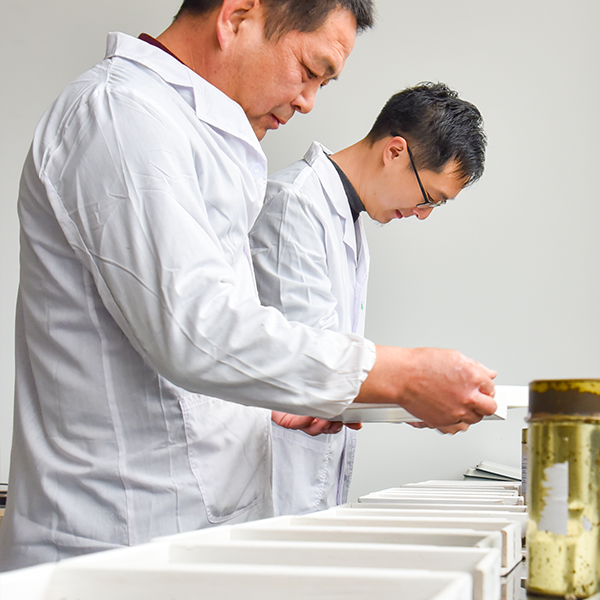
Tips for Buying Green Tea in China
Navigating the green tea market can be overwhelming. Here are some tips to ensure you get the best value for your money:
1.Know Your Preferences
Identify the flavor profile, aroma, and quality you prefer. Whether it’s the nutty sweetness of Longjing or the floral lightness of Maofeng, understanding your taste can guide your purchase.
2.Understand Tea Grades
Learn about the grading system to distinguish between high-quality and lower-quality teas. Familiarizing yourself with grades ensures you make informed choices.
3.Buy Directly from Producers
Visiting tea farms or purchasing directly from trusted producers allows you to access fresh, authentic tea at competitive prices.
4.Beware of Counterfeits
Counterfeit teas, especially popular varieties like Longjing, are common. Always verify the source and authenticity before buying.
Why the Price of Green Tea in China Matters
The price of green tea in China carries significant cultural and historical weight. It reflects not only the economic value of the tea but also centuries of tradition, craftsmanship, and the deep cultural significance attached to this beverage. From the meticulous harvesting process to the delicate hand-processing techniques, each step contributes to the final price. By understanding these factors, consumers gain a deeper appreciation for the effort invested in producing high-quality green tea. Additionally, supporting fair pricing helps promote ethical trade practices, encouraging sustainable farming and ensuring the preservation of this ancient art for future generations.
Conclusion
The price of green tea in China is influenced by a blend of tradition, craftsmanship, and market forces. Whether you’re a casual tea drinker or a connoisseur, understanding the factors behind green tea pricing empowers you to make informed decisions. From everyday teas to rare luxury varieties, every cup of green tea offers a taste of China’s rich history and dedication to quality.
Read More: Your Guide to Choosing a Reliable Black Tea Supplier







